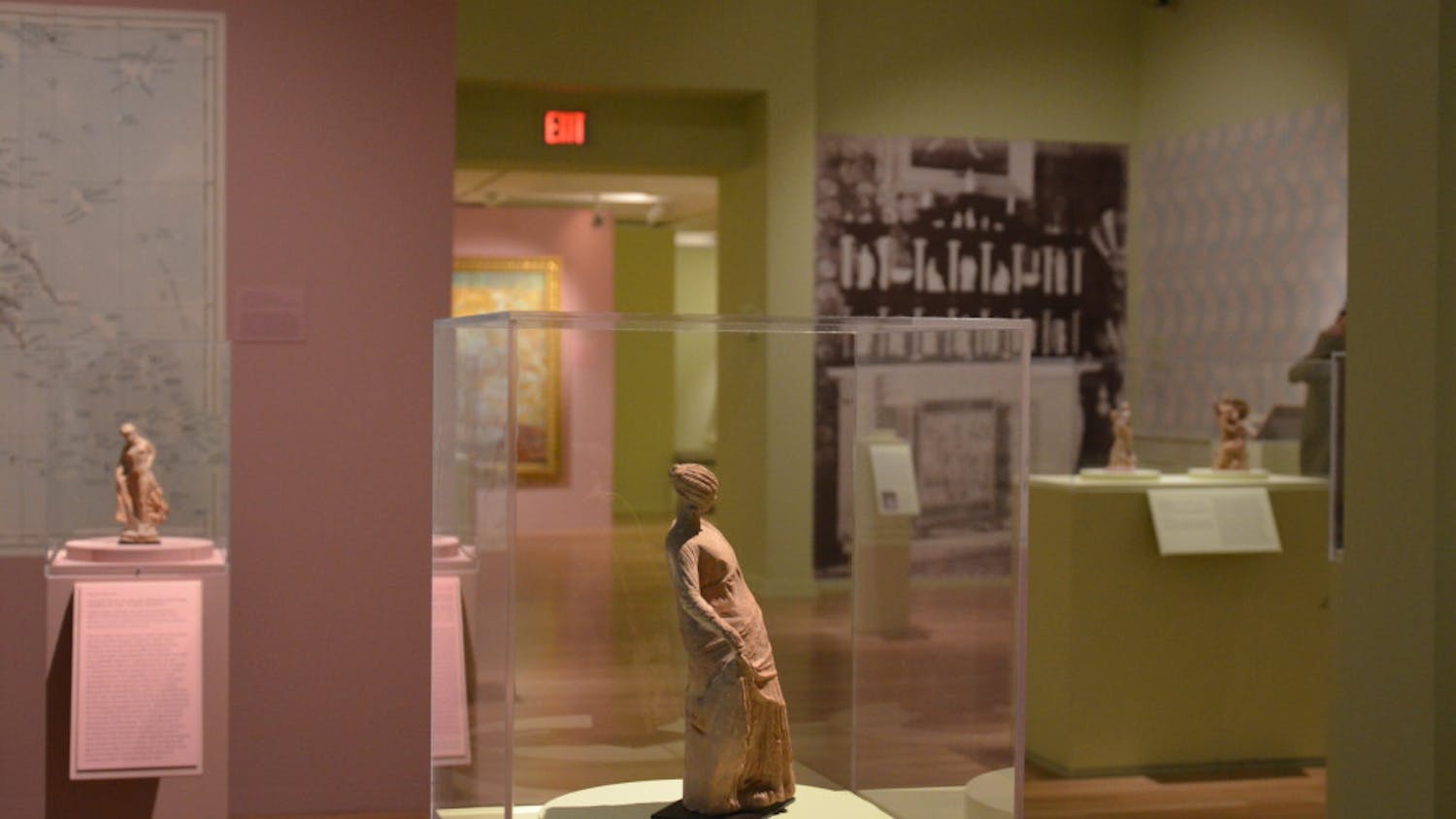The world’s largest art museum is sure to set a precedent, and that is exactly what the Louvre has done. On March 26, the Louvre announced that they have placed all 480,000 plus pieces of their collection on an online platform, allowing anybody with internet access to view any artworks from the museum’s eight collections. Not only can you look at images of these artworks, but you can virtually walk through the museum by following along an online map or by viewing recorded gallery tours.

Jean-Luc Martinez, the president of the Louvre, summed it up perfectly: "The Louvre's stunning cultural heritage is all now just a click away!" Martinez hopes this content will inspire people to visit the museum in person when they can, after getting a taste of its vast wonders online.
Virtual experiences do not permanently replace in-person events, but instead enriches physical experiences and makes artistic institutions far more accessible. For example, “Great Performances,” which is now in its 48th season on PBS, has showcased a variety of performing arts on public television for years. “Great Performances” has not replaced the opera, musical theater or the symphony, but rather allows people who may not have access to these live performances to experience the immersive beauty of art through a different medium.
While online art experiences will always be different from in-person events, they offer a convenient way to engage with art, especially for those who may not have the means to afford physical art experiences, feel intimidated in art institutions or simply live in an entirely different city or country. Offering more artistic experiences for wider audiences is a step in the right direction for art museums, especially ones with collections as vast and informative as the Louvre’s. The Louvre is a center for artistic scholarship and historical analysis, which unfortunately has become too exclusionary and inaccessible for many. The transition to the online sphere begins to break down the hierarchy that many feel is present in artistic institutions.

Moreover, it is often easier to read labels or follow tours online than in person at an art museum. The average museum visitor spends 15 to 30 seconds at each artwork in a museum, but in an online format, one can more leisurely scroll through an article about a piece, listen to a video clip about it or at least spend a bit more time reading the 150-word label without the distractions of a physical gallery. Most of the artwork labels at the Louvre are in French; however, when examining this information online, it is easy to translate it into any other language. The art, as well as the artistic information and context, becomes universal.
Despite the accessibility and convenience that come with online exhibitions, the virtual platform cannot fully emulate the entirety of a museum-going experience. The online collections will never be able to recreate the hush that falls over a gallery, the shuffling of the visitors’ feet or the eavesdropping on conversations surrounding the artworks. There is also no recreating the artistry of a gallery curator and the subtle intricacies that go into each element of the exhibits — from the placement of artworks to the choice of wall color and frames. All of the characteristics of a gallery display are intentional, and some of that intention is removed in an online format. This does not mean that viewing artworks online is inferior, but it is different. Museums should use their online platforms as a jumping off point, a way to draw visitors in and allow people from across the globe access to their artworks without having to leave their homes, not as a way to replace the museum.
The future of museums will look a lot like what the Louvre has done; a combination between accessible, online artwork and a globally prominent physical museum filled with remarkable galleries and bustling crowds of visitors. One does not replace the other, but they are stronger together.





